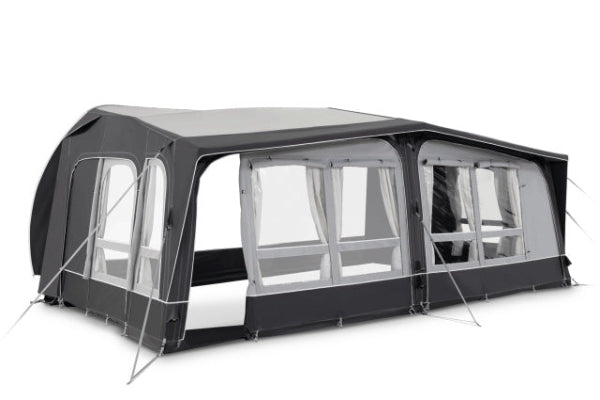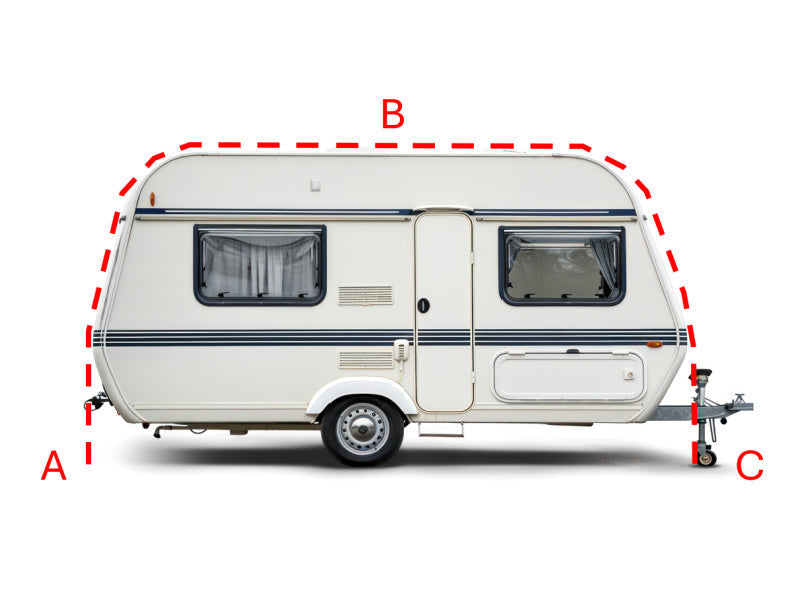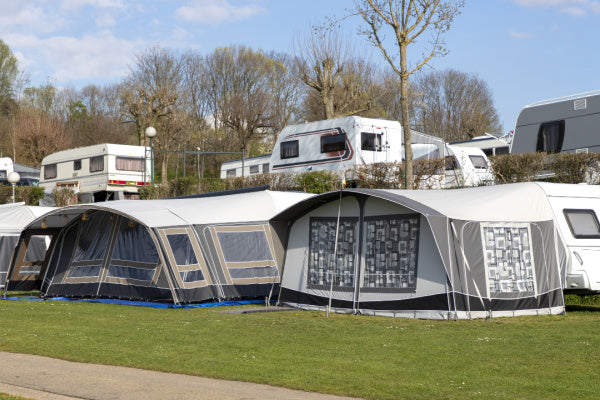Can a Solar Panel Run a Camping Fridge?
Can a solar panel run a camping fridge? Short answer: Yes—but only if you play your watts right. Camping refrigerators can stay cool off-grid, but it depends on panel size, sunshine, and smart setup. Curious if your snacks will survive the wilderness? Read on before they melt.
The Short Answer: Can Solar Directly Power Your Fridge?
Camping fridges have become a staple for outdoor lovers, keeping meals fresh and drinks cold for days on end. But can you rely on the sun to keep them running?

Yes—a solar panel can power a camping refrigerator. However, it isn’t as simple as plugging it in and hoping for the best. The fridge, solar panel, battery, and charge controller all need to work together as a system.
Yes, But It's a Team Effort: Why You Need a Full Solar System
The solar panel alone won’t cut it for consistent cooling. A full setup is necessary to make it work both day and night.
The Role of the Solar Panel: The Power Generator
Solar panels convert sunlight into electricity. They’re your main power source when the sun is shining.
Camping setups often use 100W to 200W panels. But keep in mind, actual output depends on sunlight strength, weather, and the angle of the panel.

The Role of the Battery: The Power Reservoir
The battery stores any extra energy produced by your panels during the day. This stored energy is crucial, especially when camping in shaded areas or overnight.
Without a battery, your fridge would only run when the sun is out—and that’s rarely enough.
The Role of the Charge Controller: The Power Manager
The charge controller acts as a middleman between your solar panel and battery.
It prevents overcharging and damage, ensuring your battery lasts longer. It also regulates the flow of electricity to provide steady power.
How the System Works Day and Night
A fridge needs power 24/7. That’s why understanding how solar setups behave across a full day matters.
During the Day: Sun Powering the Fridge and Charging the Battery
When sunlight is available, the solar panel powers your fridge directly. Any excess energy is stored in the battery.
This allows the system to both cool your fridge and prepare for the evening.
At Night: The Battery Takes Over
Once the sun disappears, your solar panel stops producing electricity.
That’s when the battery steps in and keeps the fridge running—until it can recharge again the next day.
The All-in-One Alternative: Portable Power Stations
For those who prefer plug-and-play simplicity, power stations offer an easier alternative.
What is a Solar Generator or Power Station?
A power station is a compact unit that combines a solar input, battery, and internal charge controller.
You simply plug in your panel and connect your devices. No need for manual wiring or component matching.
Pros and Cons of an Integrated System
Pros:
-
Easy setup
-
Portable
-
Great for short trips
Cons:
-
Can be more expensive
-
Limited capacity for larger appliances
-
Harder to customise or upgrade
How to Build Your Solar Setup: Sizing and Key Decisions
Getting the sizing right is essential for reliability. Too small, and your fridge stops. Too big, and you overspend.

How to Size Your Solar Panel and Battery
Step 1: Determine Your Fridge's Daily Power Consumption (in Watt-hours)
Most camping fridges use between 30 and 60 watts.
Multiply that by how many hours a day it runs. This gives you the daily watt-hour (Wh) requirement. A fridge that runs 24 hours at 45 watts would need around 1,080Wh per day.
Step 2: Calculate the Right Solar Panel Size (in Watts)
Your solar panel must generate more power than your daily usage.
A 120W panel, in full sunlight for 5–6 hours, produces about 600–720Wh per day. That’s often enough with a battery to cover overnight gaps.
Step 3: Choose the Correct Battery Capacity (in Amp-hours)
Divide your daily watt-hours by the battery voltage (usually 12V).
That gives you the required amp-hours (Ah). In our 1,080Wh example, you’d need a 90Ah battery (1,080Wh ÷ 12V).
Choosing Your Components and Setting It Up
Once you’ve sized everything, it’s time to pick components that suit your travel style.
Selecting the Right Type of Solar Panel (Fixed, Portable, or Blanket)
Fixed panels are durable and good for long stays.
Portable panels are foldable, easy to reposition, and great for short trips.
Solar blankets are ultra-compact and ideal for minimal setups.
Lithium vs. AGM: Choosing the Best Battery for Your System
Lithium batteries charge faster, last longer, and weigh less.
They’re also more efficient—but come at a higher price.
AGM batteries are cheaper and more widely available.
However, they’re bulkier and have a shorter lifespan.
Simple Steps for Connecting Your System
-
Connect the solar panel to your charge controller.
-
Connect the controller to the battery.
-
Connect the fridge to the battery or controller output.
-
Check everything is working under sunlight before heading off.
Other content you might like:
- How Long Will A 100ah Battery Run A Camping Fridge?
- What Is The Best Battery For Camping Fridge?
- Can You Connect A Camping Fridge Straight To A Battery?
- How Many Watts Camping Fridge
- How Much Power Do I Need For Camping Fridge?
- How To Power Camping Fridge
- How To Run Camping Fridge
- What Size Inverter For Camping Fridge
- What Wattage Is A Camping Fridge





Leave a comment